1. Strict Curfews Were the Norm

Most teens in the ‘50s had a curfew, and it wasn’t just a suggestion—it was enforced. Parents expected their kids home before dark or by a set time, usually around 9 or 10 p.m. If you missed it, there were consequences, whether it was getting grounded or losing privileges like borrowing the family car. Some parents even called the police to check up on their kids if they weren’t home on time. This rule wasn’t just about discipline; it was about safety and keeping up appearances in the neighborhood. A teen being out too late could lead to gossip, and no family wanted a bad reputation. The idea was that nothing good happened after dark, and parents believed keeping kids inside would prevent trouble shares the Washington Post.
That said, teens found ways around it. Sneaking back in through bedroom windows was common, as was telling parents they were at a friend’s house studying. Drive-in theaters and diners became hotspots for stretching the rules since they offered excuses to stay out later. But if a teen got caught, they often had to answer to more than just their parents—neighbors, teachers, and even local police took an interest in keeping kids in line.
2. Dress Codes Were Extremely Strict
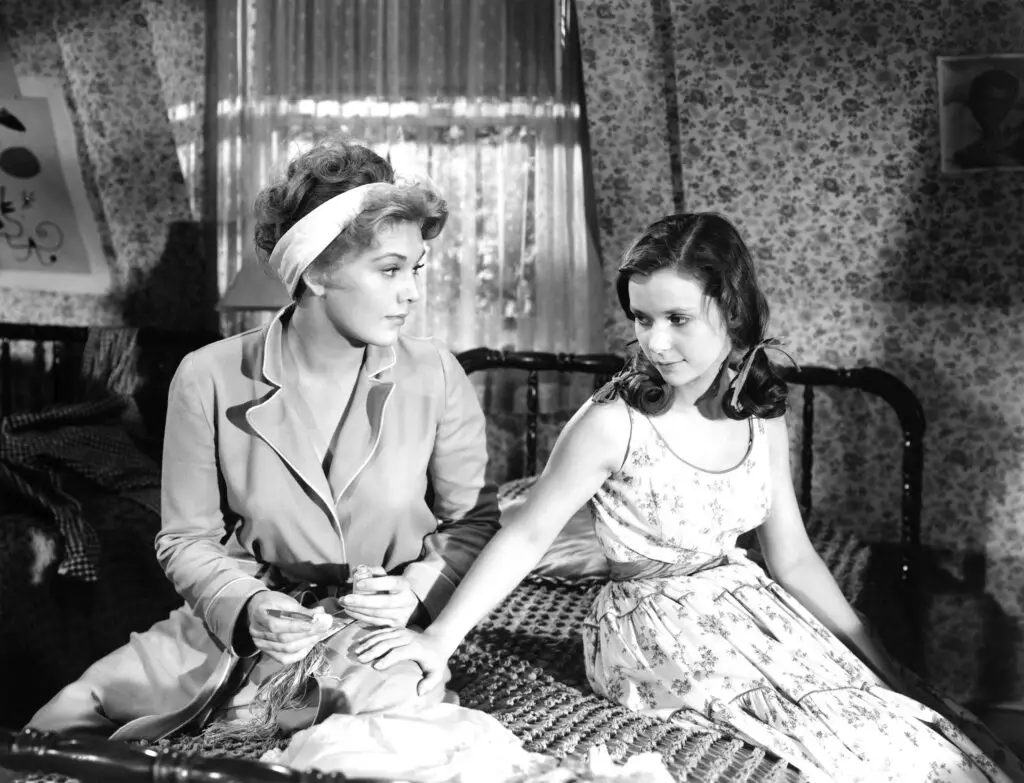
High schools in the ‘50s had firm dress codes, and breaking them wasn’t an option. Girls were expected to wear skirts or dresses that covered their knees, and boys had to wear slacks with button-up shirts. Jeans were often considered inappropriate, especially in school, and sneakers weren’t seen as acceptable footwear for anything other than gym class. Schools justified these rules by claiming they promoted discipline and respectability. Some schools even had inspections, where teachers would measure hemlines or send kids home for untucked shirts adds MSN.
Outside of school, the pressure to dress well continued. Looking put together was a sign of good manners, and sloppy dressing could make people assume a teen was up to no good. Even casual outings required effort, with boys slicking back their hair and girls making sure their dresses were perfectly pressed. It wasn’t just about fashion—it was about conforming to societal expectations.
3. Dating Required Parental Approval
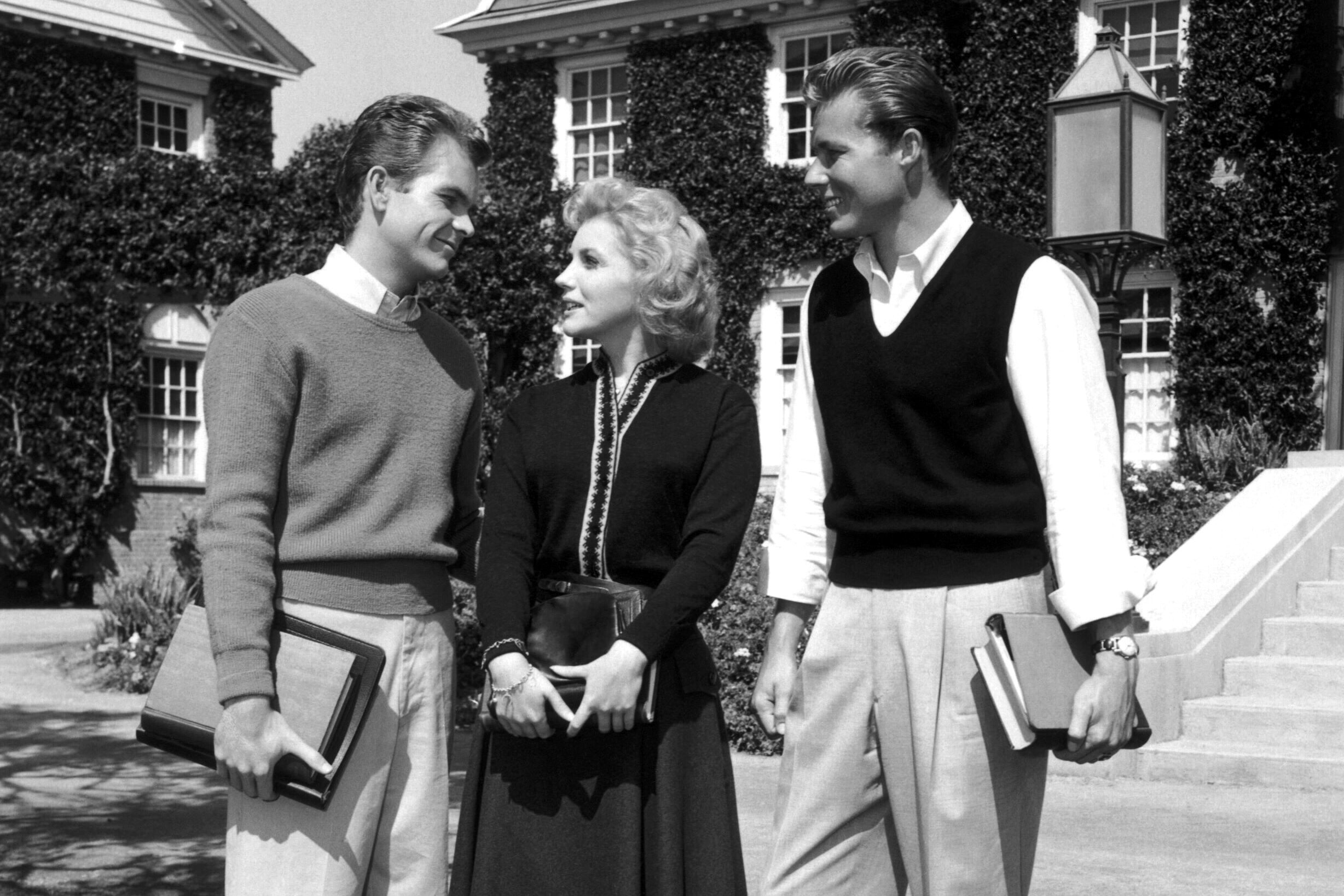
Going on a date wasn’t as simple as asking someone out. In many households, a boy had to formally ask a girl’s parents for permission first. If a father didn’t approve of the boy, the date was over before it even began. Parents often set strict rules, like requiring group outings or mandating that a younger sibling tag along. The goal was to prevent anything “improper” from happening and to ensure their daughter was with a “respectable” young man shares Reader’s Digest.
Even the date itself had rules. Holding hands might be acceptable, but kissing in public was frowned upon. Many parents expected their daughters home by a certain time, and if a boy brought her home late, he’d have to explain himself. Some families even required a chaperone, making privacy nearly impossible.
4. No Talking Back to Adults
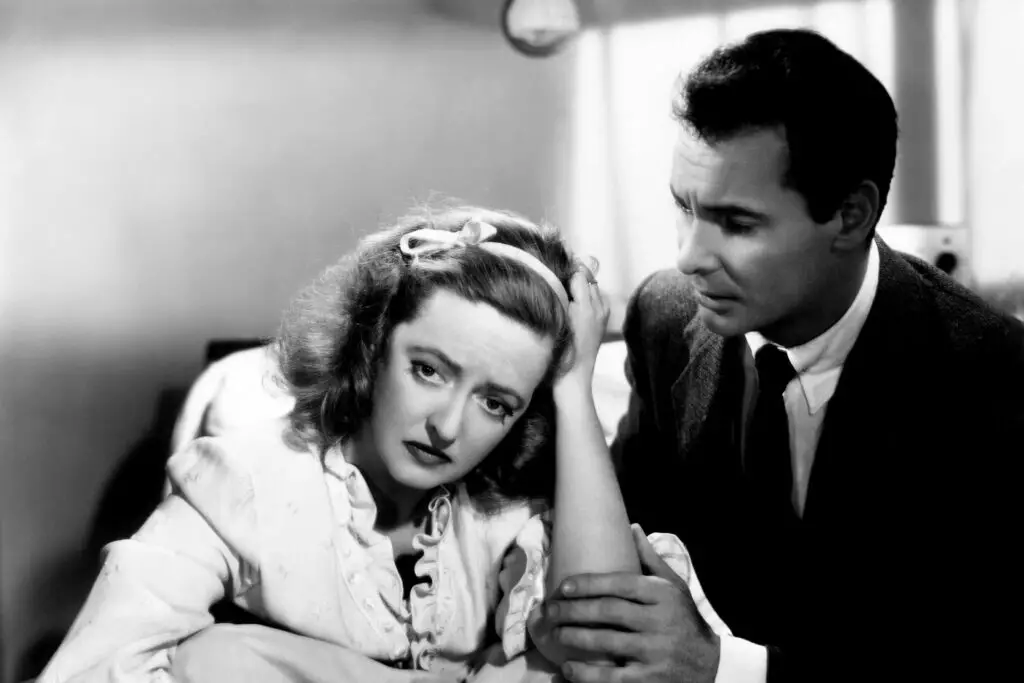
In the ‘50s, respect for adults was non-negotiable. Talking back to parents, teachers, or any authority figure was seen as a sign of bad upbringing. Even if a teen disagreed, they were expected to hold their tongue and nod along. Discipline was swift—parents weren’t shy about handing out punishments, and teachers could send a kid to the principal for as little as rolling their eyes adds TIME.
Even outside of home and school, this rule applied. If a neighbor caught a kid misbehaving, they had the right to scold them, and their parents would likely hear about it soon after. It wasn’t uncommon for a teen to get in trouble twice—once with the adult who caught them and again at home. The idea was that authority figures deserved respect simply because they were older, and questioning them was a sign of poor character.
5. Part-Time Jobs Were a Huge Responsibility
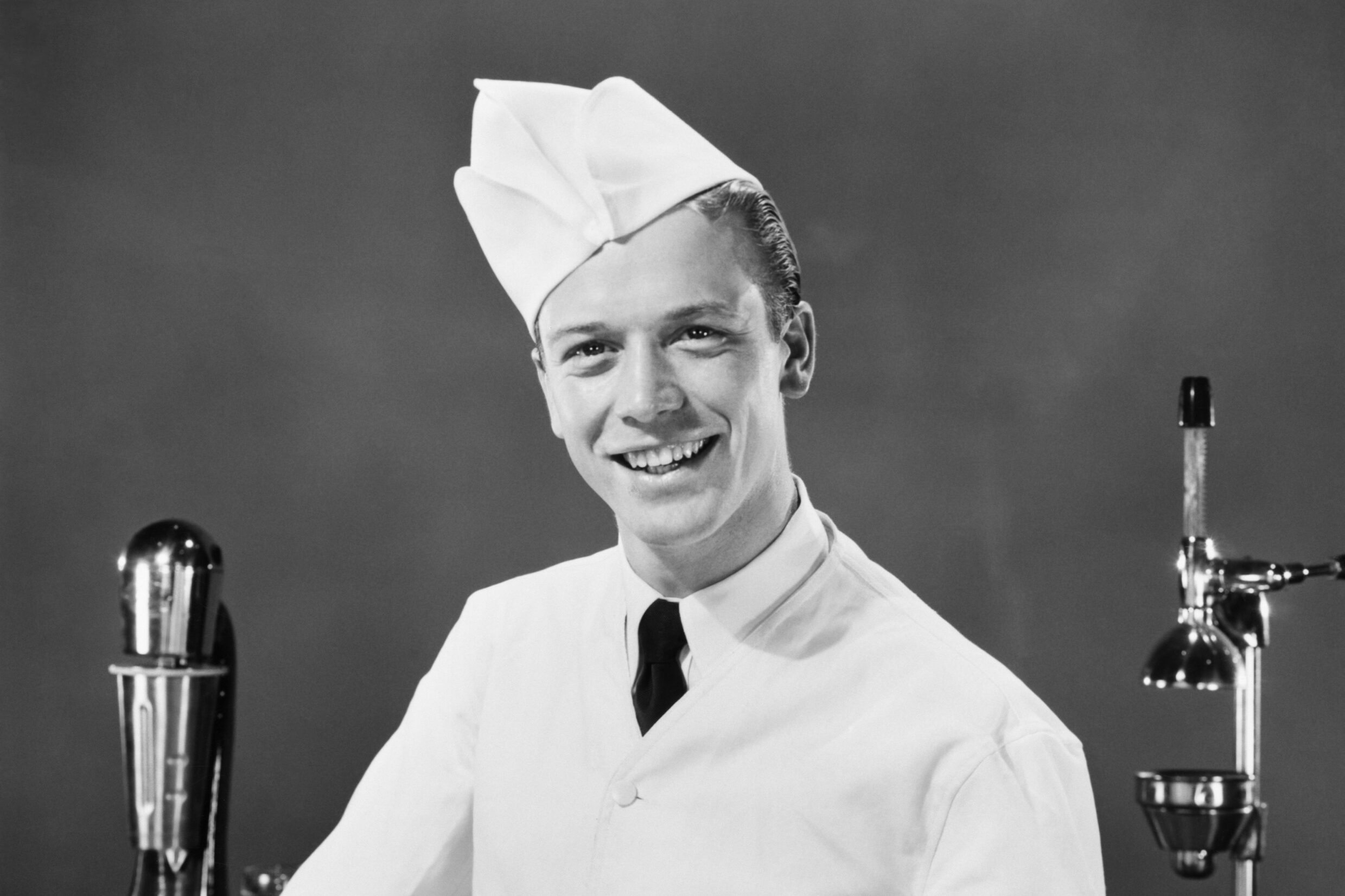
Many teens in the ‘50s held part-time jobs, but these weren’t just for pocket money. If a teen had a job, it was often to contribute to the family or save for something significant, like a car or college. Babysitting, paper routes, and working at diners were common jobs, and expectations were high. Employers didn’t tolerate slacking, and teens were expected to take their work just as seriously as adults did.
Parents encouraged their kids to work, believing it built character and discipline. But balancing school, chores, and a job wasn’t always easy. There was no calling in sick just because you felt tired, and quitting without a good reason wasn’t an option. Many teens worked long hours, often on weekends, and still had to keep up with school expectations.
6. Phone Calls Had to Be Short and Polite
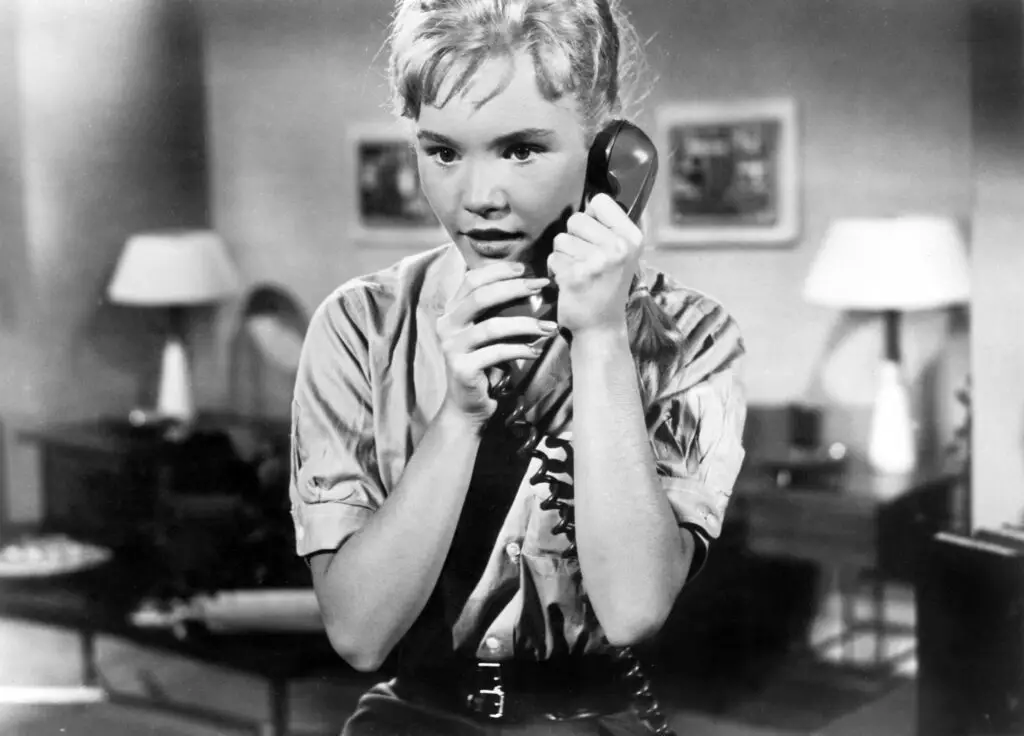
Households in the ‘50s usually had just one phone, and it was considered a shared family resource. Teens couldn’t just talk endlessly to their friends—parents set time limits and often monitored conversations. Long-winded gossip sessions were frowned upon, and tying up the line for too long could lead to an argument. If another family member needed to make a call, the teen had to hang up immediately.
There was also an expectation of phone etiquette. Answering with a simple “Hello” wasn’t enough; callers were expected to introduce themselves politely. If a boy called a girl, he often had to speak to her parents first before being allowed to talk to her. Privacy was rare, and many teens had to hold conversations with family members listening in the background.
7. Church Attendance Was Practically Mandatory
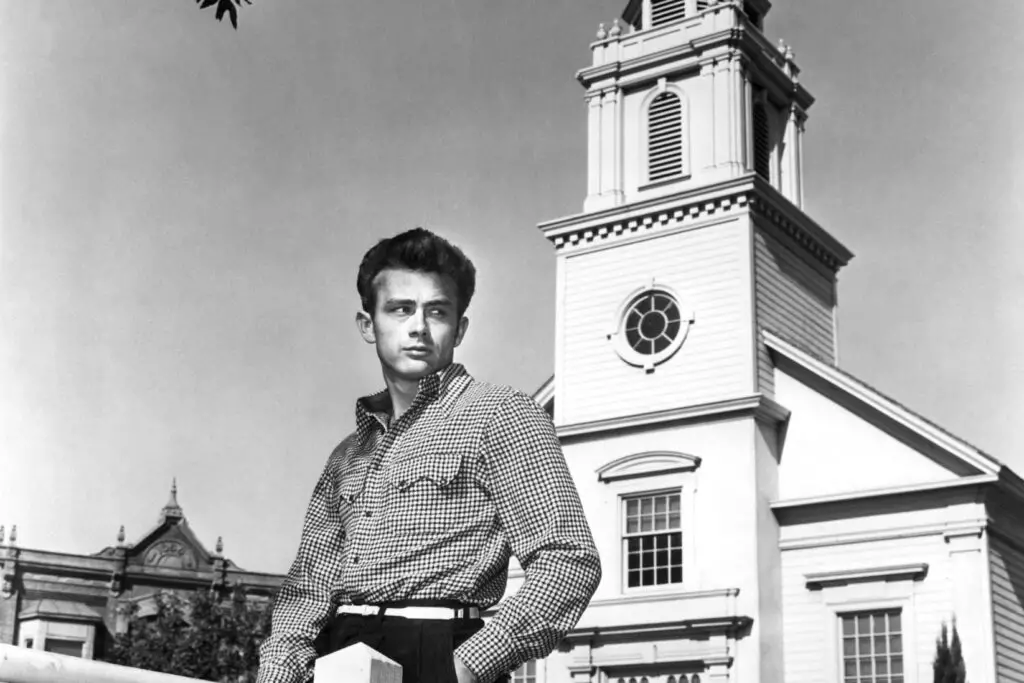
Skipping church on Sunday was unheard of in many households. Families dressed in their best clothes and attended services together, and teens were expected to participate without complaint. Even those who weren’t particularly religious often attended because it was simply what people did. Church was more than just a place of worship—it was a social center where families connected with their community.
Teens who tried to get out of it usually faced disappointment. Parents saw church as a moral foundation, and refusing to go could be seen as a sign of rebellion. Some churches even had separate teen programs, making it nearly impossible to skip out unnoticed. Whether they liked it or not, Sunday mornings were reserved for faith and family.
8. Chores Were a Daily Expectation

Teens in the ‘50s didn’t get a free pass when it came to household chores. Whether it was mowing the lawn, washing dishes, or helping with younger siblings, everyone was expected to pitch in. There was no allowance for every little task—chores were just part of life. Parents believed that hard work built responsibility, and complaining about it wasn’t tolerated.
Many families had strict routines, with assigned tasks that had to be completed before any fun could happen. If a teen wanted to go out with friends, they had to finish their responsibilities first. Skipping chores wasn’t an option unless a good excuse—like being sick—was involved. Even then, a sibling might have to pick up the slack, leading to resentment.
9. Strict Socializing Rules for Boys and Girls
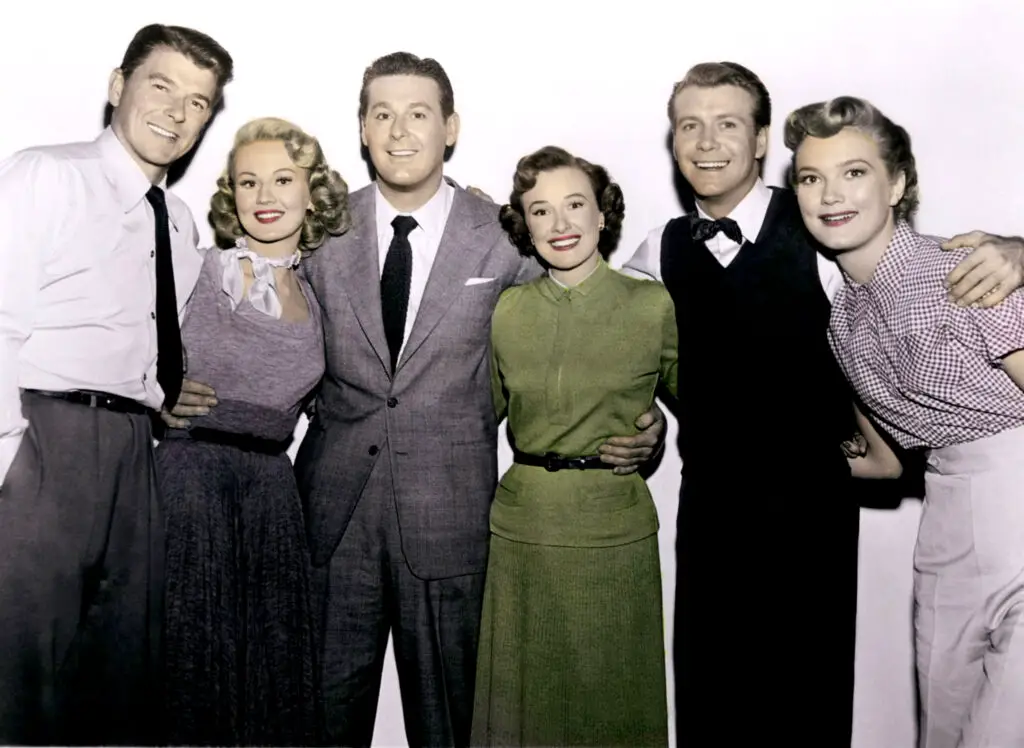
In the 1950s, the rules for how boys and girls interacted were sharply defined. While boys and girls could be friends, the line between friendship and dating was often blurry. Group gatherings were encouraged as a way to avoid any improper situations, but one-on-one outings were often discouraged unless the parents approved. Even holding hands could raise eyebrows, and if a boy wanted to walk a girl home, it required permission from both sets of parents.
The reasoning behind these strict social rules was to preserve reputations and ensure that relationships remained appropriate. Parents believed that strong boundaries in these interactions helped maintain moral values. While teens may have found it frustrating, they understood the importance of keeping up appearances and avoiding scandal. A reputation for “improper” behavior could lead to being ostracized by the community.
10. Cars Were a Symbol of Freedom—But Had Rules
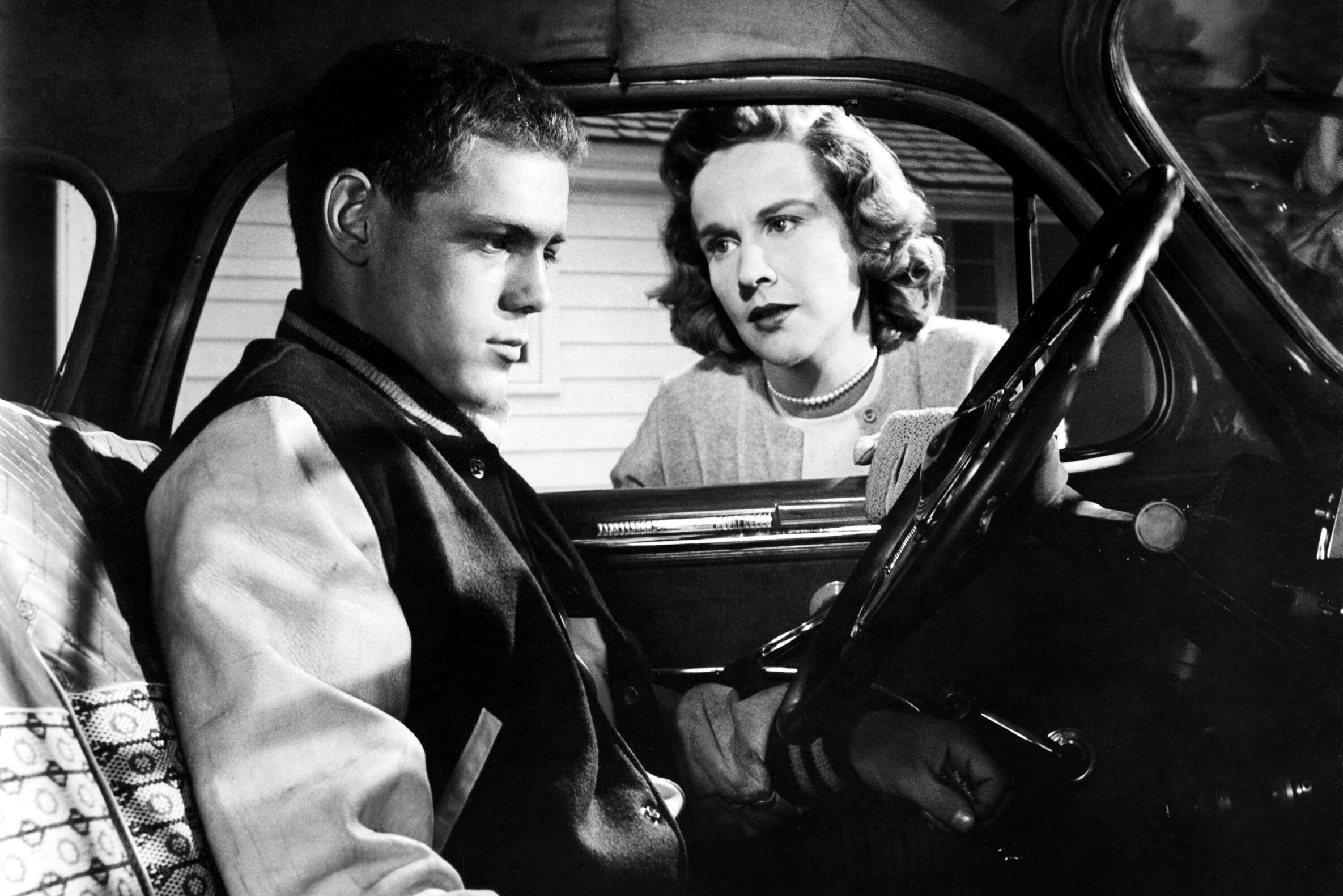
Owning a car in the 1950s was seen as a rite of passage, but it came with its own set of rules. Teenagers often had to earn the privilege of driving, and many had to demonstrate responsibility by helping with family expenses or taking on extra chores. Parents kept a watchful eye on how far their teens drove and who they drove with, creating rules about where they could go and what time they needed to return home.
The car symbolized both freedom and responsibility. With it came an expectation to be respectful of others on the road, follow the speed limits, and never drive recklessly. More than just a way to get around, the car was a tool for socializing, with drive-ins and cruising becoming popular teen activities. However, using the car irresponsibly or getting into trouble behind the wheel could quickly lead to losing the privilege of driving.
11. Strict Hand-Holding Rules
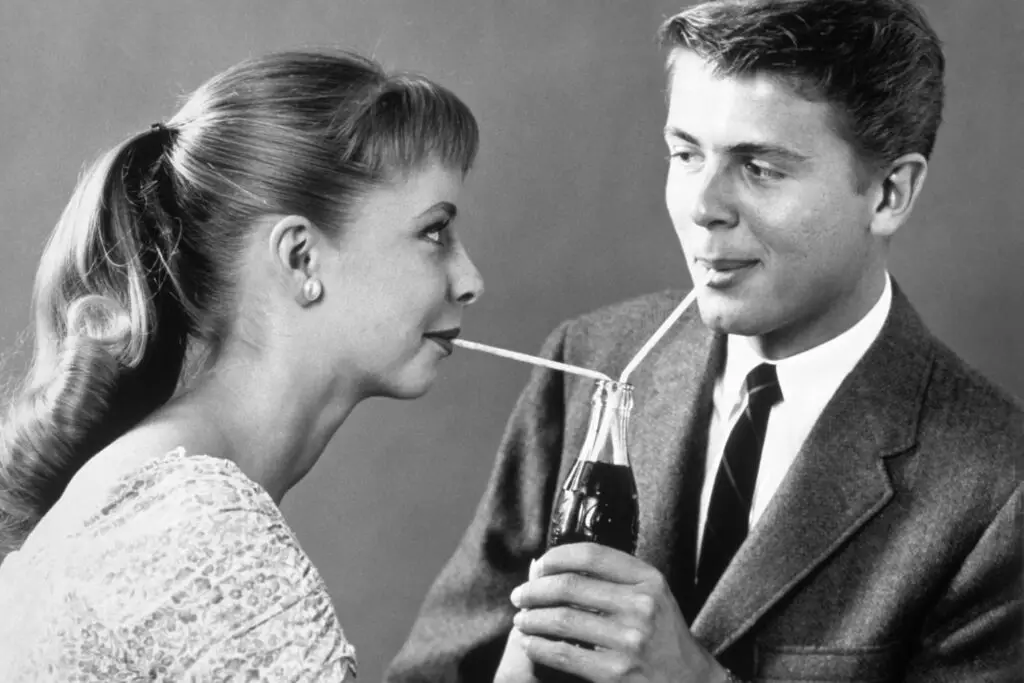
For teens in the ‘50s, even simple gestures like holding hands could come with expectations. Holding hands was often seen as a sign of serious affection, and public displays of affection, even something as innocent as a hand-hold, could raise eyebrows. There were many rules surrounding physical contact, and anything beyond a handshake or a quick hug was considered too forward.
Parents kept a close eye on the physical boundaries in their teens’ relationships. For many, hand-holding was seen as a sign of commitment, not just friendship. If a teen dared to go beyond that, they would often face stern talks or even restrictions. This strict view on physical affection reflected the era’s conservative values about relationships and proper behavior.
12. House Parties Had to Be Supervised
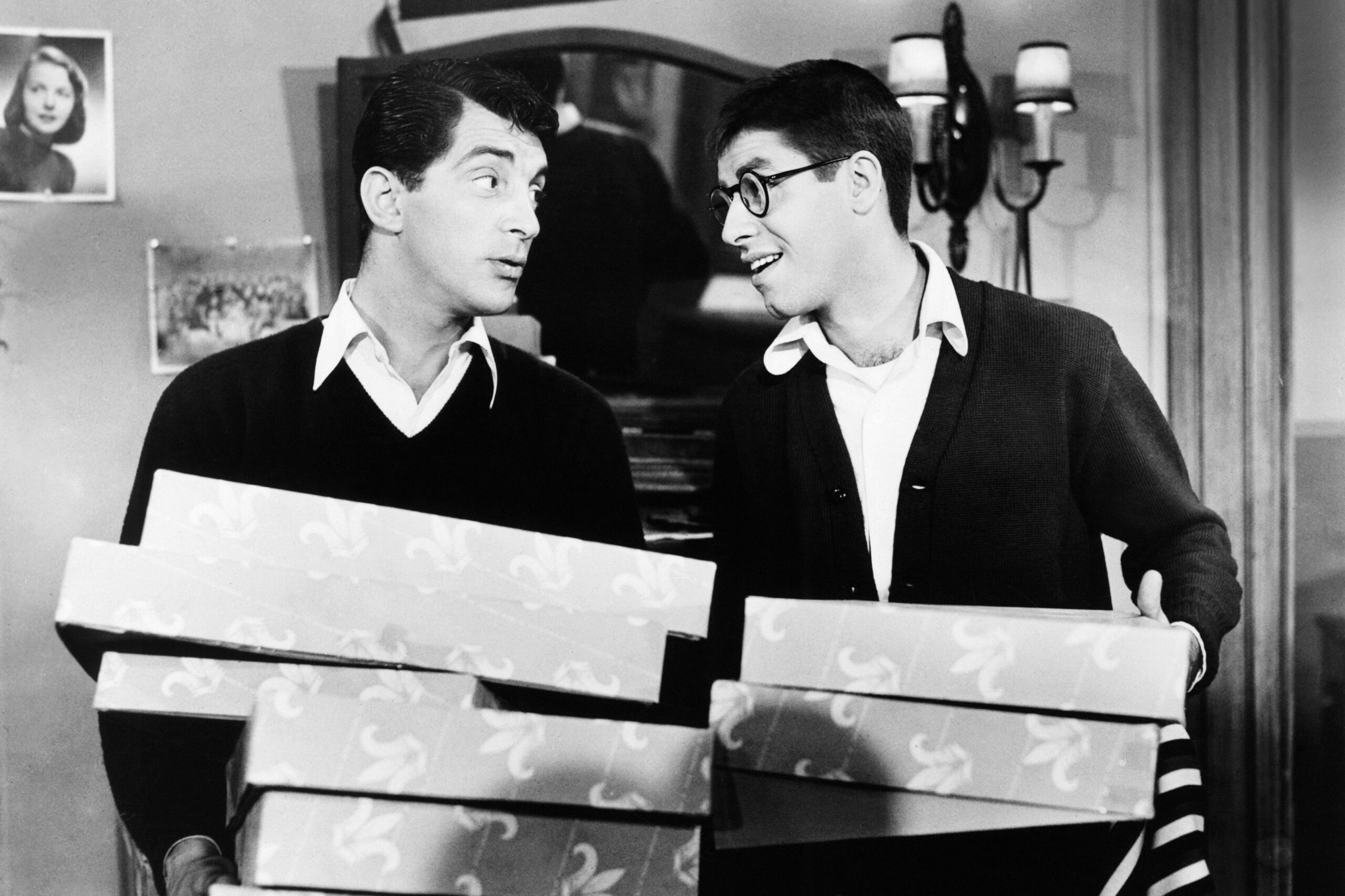
If a teen wanted to host a party at their house, it had to be approved by the parents. The idea of a “wild” house party without supervision was unheard of. Teens had to promise that the gathering would stay low-key, and parents often insisted on knowing exactly who would be attending. Some parents even stayed in the house to keep an eye on things or had a close friend keep watch from a distance.
While it wasn’t uncommon for teens to sneak around these rules, they usually had to stick to the boundaries if they wanted to keep hosting privileges. As long as the music wasn’t too loud and things stayed calm, it was generally acceptable. However, any signs of disorder could lead to strict consequences, including a complete ban on future gatherings.
13. Cleanliness Was Equated with Respectability
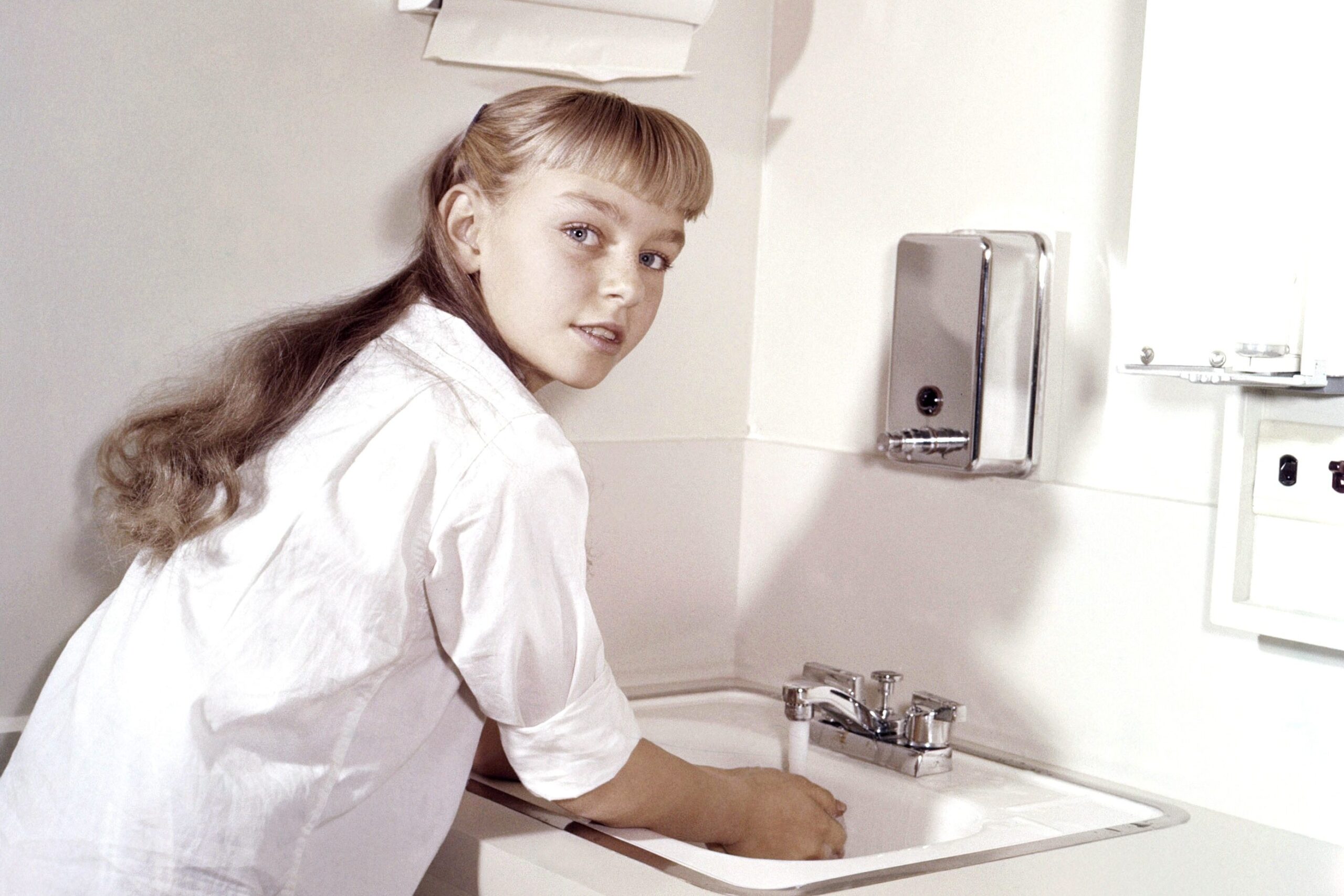
Cleanliness wasn’t just about hygiene; in the 1950s, it was directly tied to a person’s character. Teens were expected to keep their rooms clean, their clothes pressed, and their shoes polished. Even minor signs of sloppiness could be interpreted as a lack of respect or discipline. In some families, teens were required to adhere to strict routines that included tidying up before school and doing daily chores around the house.
Parents believed that keeping things neat and organized was key to raising a well-behaved child. This wasn’t just about personal cleanliness; it was about presenting oneself as responsible, reliable, and respectable. The pressure to maintain a pristine appearance extended beyond the home and into social gatherings. A messy appearance could be seen as a reflection of poor upbringing, leading to possible judgment from others.
14. Smoking and Drinking Were Socially Regulated
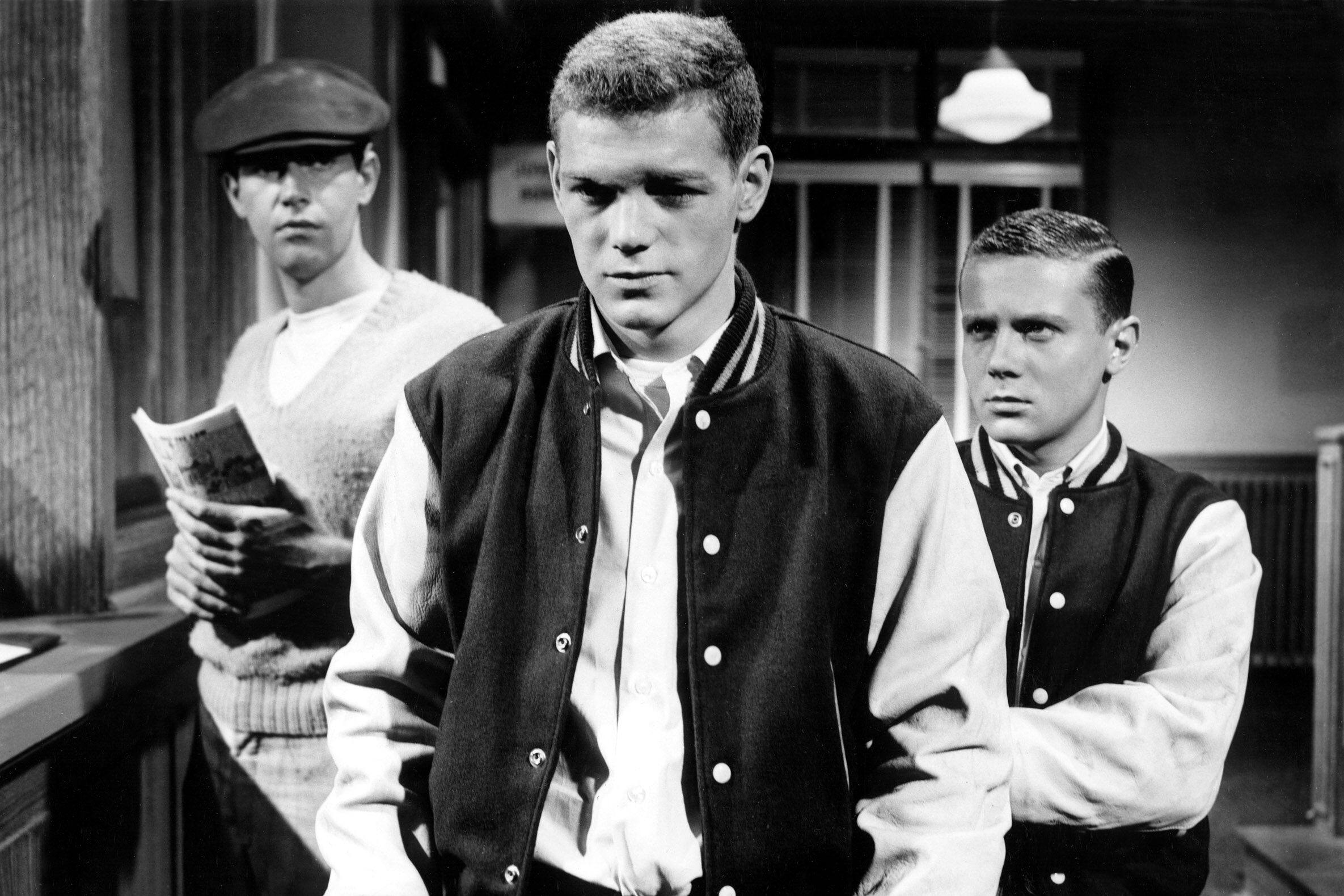
Although smoking and drinking were common in the 1950s, teens still faced strict social guidelines about when and where they could indulge. For example, many teens couldn’t drink alcohol until they were 21, but this didn’t stop some from experimenting at parties or with friends. However, these actions were often kept under wraps, as teens were expected to behave respectfully in front of adults. Public drunkenness or smoking was a clear sign of rebellion and would not be tolerated by parents or other authority figures.
At the same time, smoking was seen as a rite of passage for many teens, with peer pressure playing a significant role. Those who started early were often viewed as “cool,” but only if they didn’t cross certain lines. Drinking, similarly, could be acceptable in moderation—if done in private or under supervision—but it was not something to flaunt. Publicly indulging in either was viewed as irresponsible and could result in punishment from both parents and the community.
15. Music Preferences Were Carefully Monitored

Music was a powerful part of teen culture in the 1950s, but it was also a source of concern for many parents. Teenagers gravitated toward rock ‘n’ roll, but parents often disapproved of the genre, associating it with rebellion and “bad behavior.” Parents wanted their kids listening to cleaner music like big band or classical tunes, believing these styles were more “refined” and respectful.
Parents didn’t just disapprove of the music; they scrutinized the artists and the lyrics. Elvis Presley, for example, was a target of criticism for his suggestive moves and racy songs. The belief was that certain kinds of music could influence behavior, leading teens to reject authority or engage in inappropriate activities. While some teens defied these rules, many still followed the music preferences of their parents to avoid unnecessary conflict.
